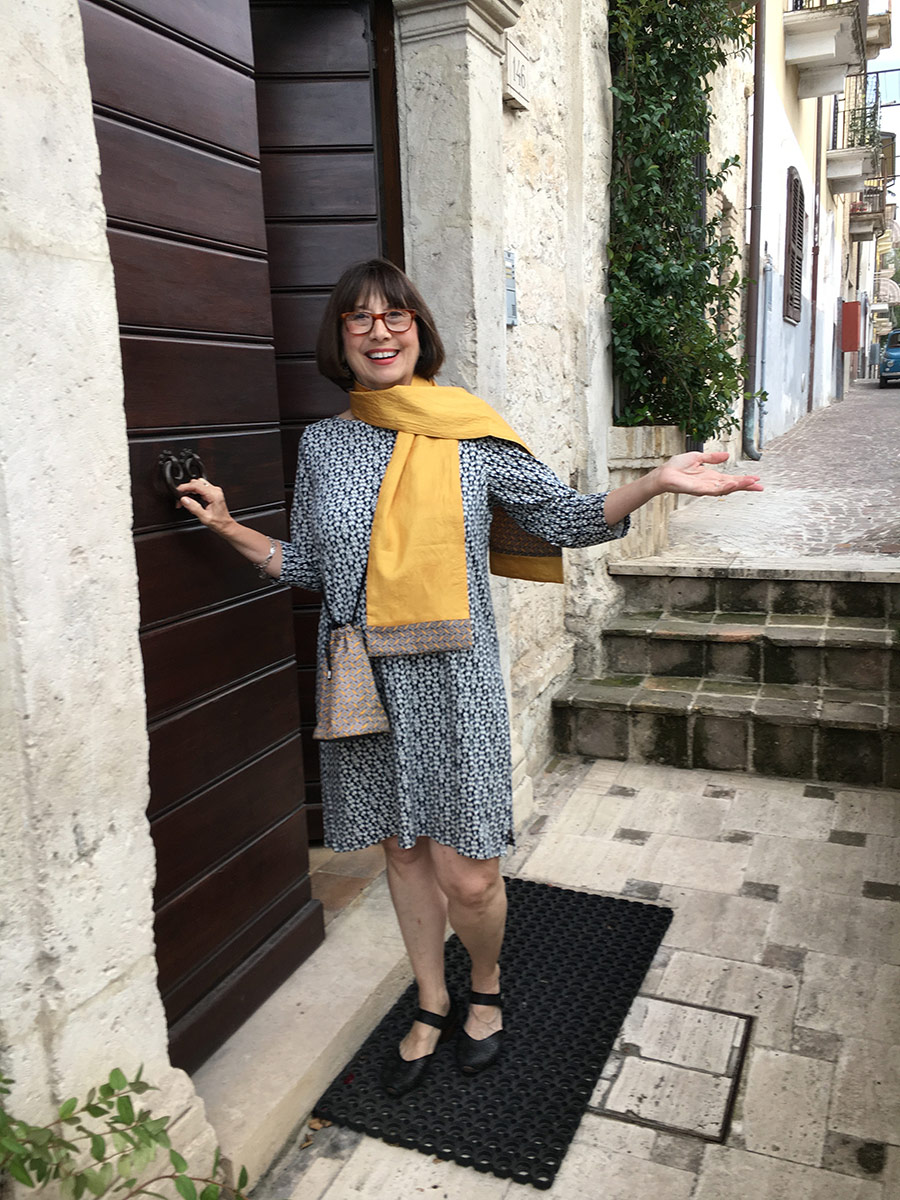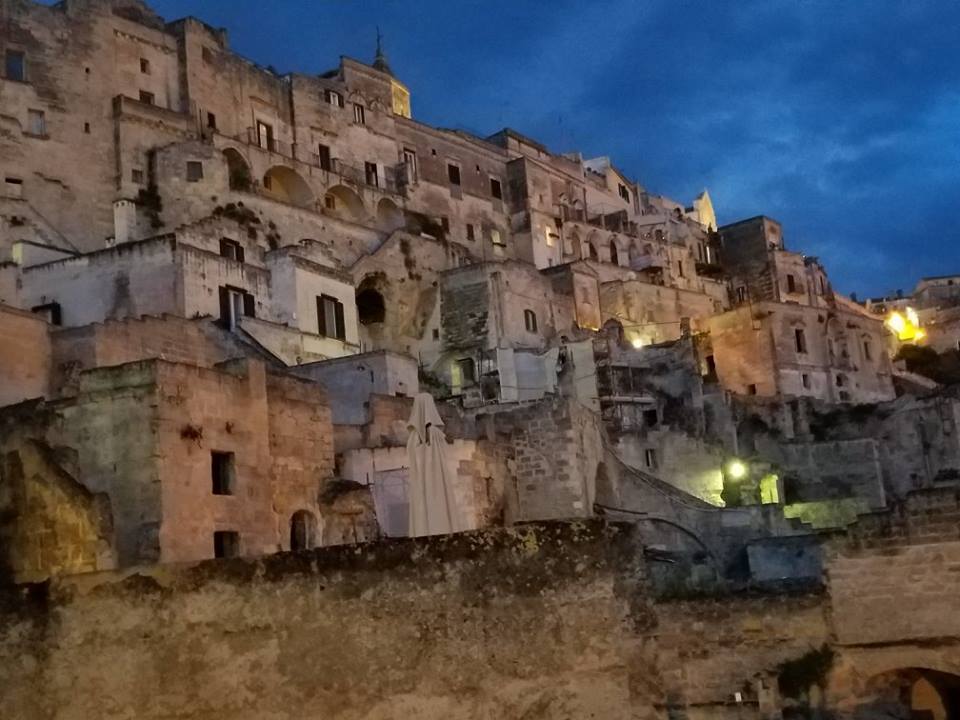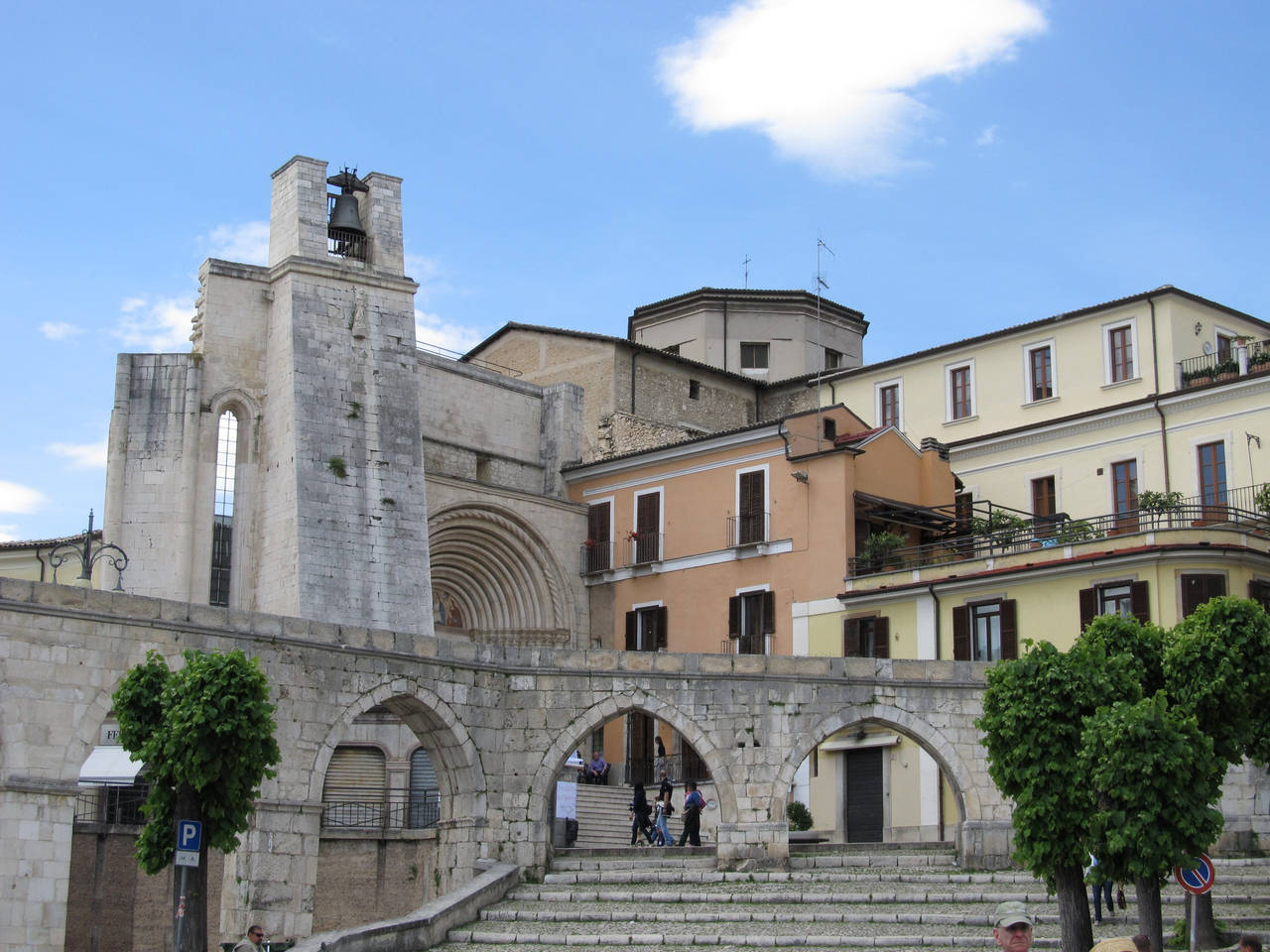Only after a disaster can we be resurrected. — Chuck Palahniuk
 There are some places that you have to see, no matter how painful or emotional they might be.
There are some places that you have to see, no matter how painful or emotional they might be.
As a native New Yorker who was living near Boston when the terrorists attacked on 9/11, I knew I had to get down there as soon as it was practical. I had to see it for myself. I had to stand at Ground Zero and take it all in. It was sacred space and I needed to be there.
Tim and I went to New York for the six-month anniversary, although we hadn’t realized at the time that we had chosen that exact date to visit. We were even interviewed that day by a TV news team, ironically, from Boston. Walking around lower Manhattan, we witnessed some of the ceremonies that were being conducted for the anniversary, but more than that, we saw what the people had done. The missing posters, still hanging on fences and in storefronts, the ribbons, the phone numbers offering assistance, the closed gates of Trinity Church, sadness and disbelief and emptiness everywhere. Would it ever be the same?
Well, New Yorkers being who they (we) are, the city has certainly been resurrected. Better than ever, maybe for a time, maybe forever. And while the politicians can haggle all they want about this monument or that project — despite the fact that there is still today, ten years after the event, no building yet erected — the city has gone on. So I wanted to see what was happening in L’Aquila (“the eagle”) after its own disaster. Had it gone on?
On April 6, 2009, the city of L’Aquila, the capital of the Italian region of Abruzzo in central Italy, was devastated by an earthquake measuring 6.3 on the Richter scale. With the city at its epicenter, the earthquake riddled much of the surrounding area, ultimately claiming 308 lives, injuring more than 1,500 people and rendering more than 65,000 people homeless. The statistics are staggering, the damage even more so. The main earthquake (there were several significant aftershocks) was felt in Rome, nearly 60 miles away.
Now, earthquakes are nothing new to L’Aquila. The one in 1703, which targeted most of central Italy, took more than 5,000 lives. But this quake of 2009 was the deadliest in all of Italy since the 1980 Irpinia earthquake, which killed nearly 3,000 people in the south, near Avellino. Let me tell you a little about the medieval city of L’Aquila.
It sits majestically among the Apeninnes and the snow-capped mountains of the Gran Sasso range. The city comprises a virtual maze of narrow streets, lined with Baroque and Renaissance buildings and churches opening onto elegant piazzas. Home to the University of L’Aquila, it is a dynamic college town and has many cultural institutions, among them a theater, a symphony orchestra, a fine arts academy, a state conservatory and a film institute. There are even several ski resorts near the city. A good place to be. At least it used to be.
We drove to L’Aquila from Sulmona, a little farther south in Abruzzo, and were headed ultimately up to Civitella del Tronto, on the northern border of the region. We had to take a bit of a detour to visit L’Aquila, but the rest of our group agreed that it was something we shouldn’t miss. The closer we got to the city, the stranger things became. Whole city blocks of buildings were supported by two by fours . . . over the windows, buttressing the balconies, forbidding entry entirely. Some had metal scaffolding all around them. And the people were gone. It was nearly lunchtime, and there were virtually no people on the streets. Something was very wrong.
We drove to the end of what looked on the map to be a fairly central artery in the city and were eventually stopped by a wall of orange plastic. We could go no farther; the bridge to the city was out. Rocks and debris were everywhere. It looked like this had happened last week. A few of us got out to walk onto the bridge entrance and agreed that it was something out of one of those cheesy “end of the world” movies that have always been so popular. I wonder why we have to imagine these stories when the real thing is there for the taking?
Back in the cars, look at the map, find another way in. We discovered a way by the Fontana Luminosa (“Luminous Fountain”), a sculpture of two women bearing large jars, built in the 1930s. Nearby several food trucks were selling lunch to the workers, and across the way stood the impressive Spanish fort (Forte Spagnolo) built in 1534 by the Viceroy Don Pedro de Toledo.
We parked the cars and walked in, not sure what we might find. It took our breath away. The original plan was to have lunch in L’Aquila, but we soon discovered how difficult that might be. We walked through street after street of closed buildings, once so beautiful, now barred by intricate webs of heavy iron rods. Overhead, makeshift barriers prevented further spillage from falling onto the streets and, one assumes, onto pedestrians. Not that there were many of us there. The most prominent presence was the military police — standing nearby their Hummers, decked out in their camouflage, armed to the teeth to discourage looting and maintain order on the streets. To be honest, it felt like a war zone.
There were two hopeful signs indicating restaurants that were still open. We followed them down a side street only to find one closed and another that looked quite lovely, but only seemed to serve fish, which most of us didn’t want. So we went on, hoping for the best. We soon came to a broad spot in the road, near one of the former government buildings. A banner signaled that this had possibly been the site of a memorial service for the victims of the “terremoto” (earthquake) and, across the street, was a chilling memorial just like one I had seen in lower Manhattan those years ago: a wall of house keys, belonging to either homes or residents which no longer existed. A large paper key had a note on it that read: “1000 keys to reopen the city.” The keys are still there, and the city is mostly closed, most of the former residents having moved out of their government-issued blue tents and into the countryside (or even farther away) by now.
Today, L’Aquila is a city of a great historical past and an uncertain future. The people on its streets are largely workers, soldiers and a few die-hard shopkeepers who come to work each day to try to keep body and soul together. We found lunch in a slick, modern cafeteria-style place called Nero Caffe that was so totally out of place in this environment that we had to pinch ourselves to see if we were really there. But the food was good and the cost was reasonable and we felt that in some way maybe we had made a contribution to the city that day.
As soon as the tragedy happened, the National Italian American Foundation created a place to donate; to date, they have collected many hundreds of thousands of dollars to the Abruzzo Relief Fund. On their website it says, “Individuals, corporations and foundations who wish to donate to the NIAF/Abruzzo Relief Fund can do so by visiting www.niaf.org/relief. Additionally, donations can be made by check payable to the NIAF/Abruzzo Relief Fund, The National Italian American Foundation, 1860 19th Street NW, Washington, DC 20009.” I’ve given, and I hope some of you will, too. The churches and cathedrals need to be rebuilt; the forte needs help (it houses the Museum of Abruzzo and its third floor completely collapsed); even some of the “earthquake-proof” modern structures — hospitals and university buildings — had to be closed. The people need to come home.
I’ll leave you with an entry from a Wikipedia post that sums up the energy that the government put towards L’Aquila in the weeks and months after the earthquake. Not much has been done since:
“Because of the 2009 earthquake, the Berlusconi government decided to move that year’s G8 summit from its scheduled Sardinian host of La Maddalena to L’Aquila, so that disaster funds would be distributed to the affected region and to show solidarity with the city’s inhabitants. World leaders converged on L’Aquila on July 8 and many of them were given tours of the devastated city by the host Prime Minister. A Washington Post newspaper article on April 11, 2010 reported that in February 2010, residents of L’Aquila, frustrated that cleanup efforts of the destroyed downtown had not begun after ten months of waiting, had organized daily volunteer crews to haul away rubble themselves. Many of these displaced residents have been re-housed in new housing on the fringe of town, and missed the vibrant life, shops and cafes downtown that were damaged and shuttered (reportedly some 2,000 businesses have closed).”
Like the author Nan McElroy writes in her wonderful little guidebook: “Remember that Italy is a country, not a theme park.” Sometimes the authentic Italy is not so pretty. It can move you to tears and reach out for help. Will you?
Buon viaggio!

Linda Dini Jenkins is a card-carrying Italophile, travel planner, freelance writer, and amateur photographer. Travel is her passion, so writing about her travels just comes naturally. She hopes all her travelers find a way to express their joys, surprises, and fears as they travel and gives every traveler a nifty journal to help smooth the way. Learn more…









